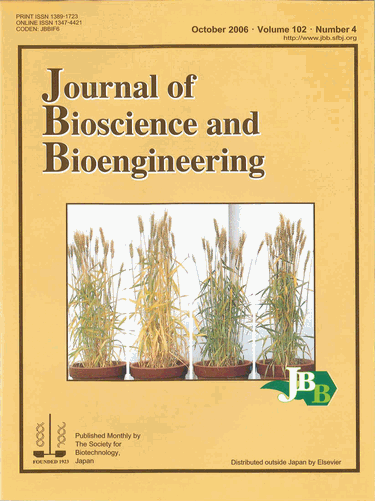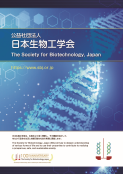Journal of Bioscience and Bioengineering Vol. 102, No. 4 (2006)
Vol. 102, October 2006
Simple and efficient wheat transformation method using Agrobacterium tumefaciens.
For the genetic transformation of plants, Agrobacterium mediated and microparticle bombardment methods have currently been used, of which the latter is more frequently employed by wheat investigators. However, the in planta transformation method recently developed by Supartana et al. took away some disadvantages of the conventional in vitro Agrobacterium mediated transformation method, which requires sterile conditions and time-consuming processes, in addition to the low transformation frequency and induction of mutation or somaclonal variation during in vitro cultures.
The in planta transformation method involves no in vitro culture of plant cells or tissues, which is the greatest advantage. This simple and efficient method was applied to the transformation of wheat, Triticum aestivum L. var. Shiranekomugi. The seeds were inoculated with three strains of A. tumefaciens, M-21 mutant strain (second left), the LBA4404 strain harboring a pBI-res binary vector (second right), and the LBA4404 strain harboring a pIG121-Hm binary vector (right), and grown to maturation in pots. The transformants thus obtained (To) showed the altered phenotypes, when compared with that of nontransformant (left), suggesting the great applicability of the in planta transformation method for the breeding of wheat.
Related article: Supartana, P., Shimizu, T., Nogawa, M., Shioiri, H., Nakajima, T., Haramoto, N., Nozue, M., and Kojima, M., “Development of simple and efficient in planta transformation method for wheat (Triticum aestivum L.) using Agrobacterium tumefaciens“, J. Biosci. Bioeng., vol. 102, 162-170 (2006).
⇒JBBアーカイブ:Vol.107 (2009) ~最新号
⇒JBBアーカイブ:Vol. 93(2002)~Vol. 106(2008)



.gif)